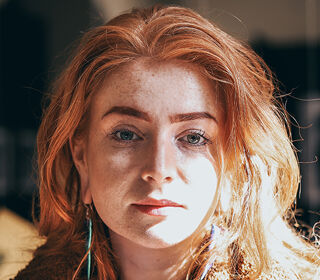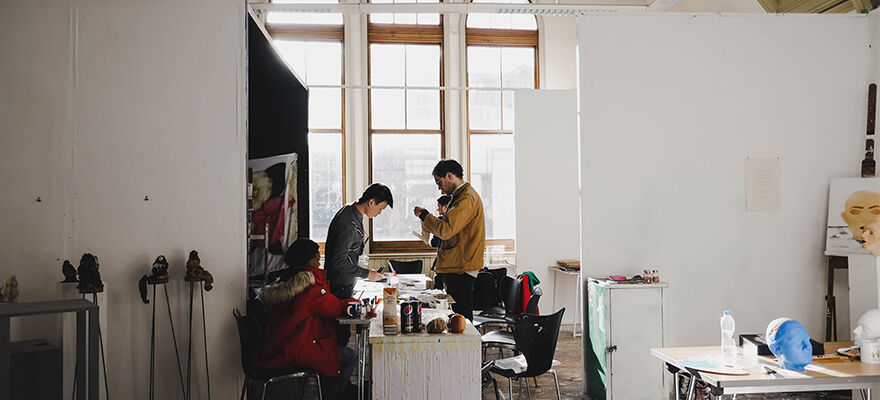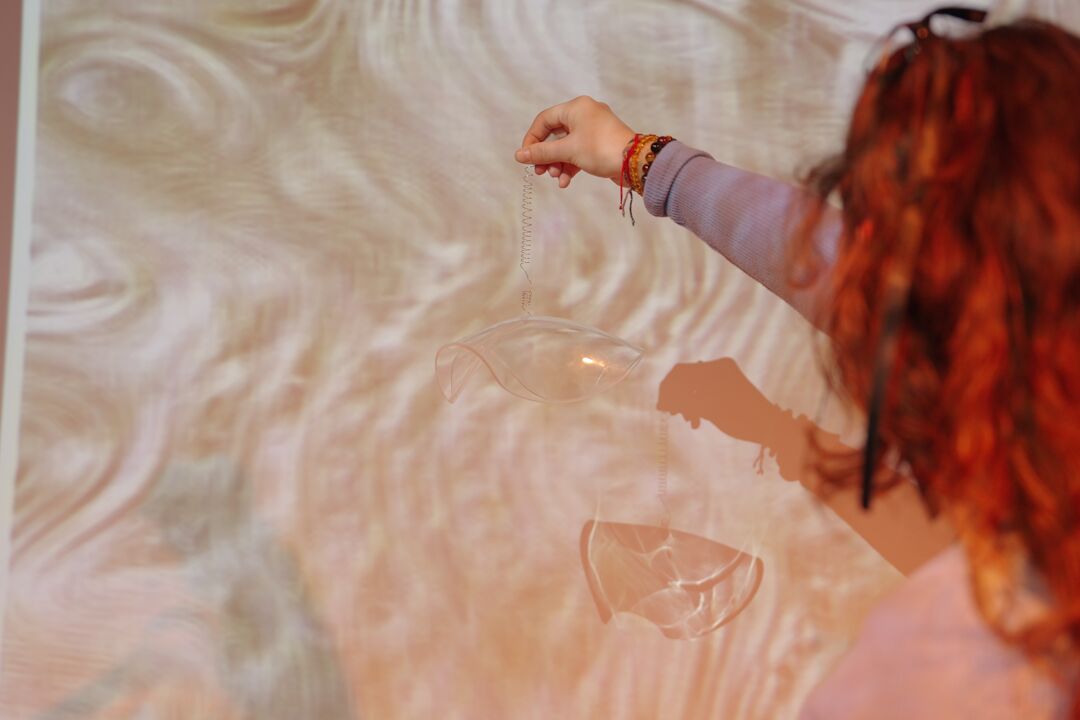
Blog

Having completed an undergraduate degree in Art and Design at BCU, Larissa decided to return for postgraduate study and is currently studying MA Arts and Education Practices part-time.
Why did you decide to continue your studies at MA level?
After completing my undergraduate degree, I decided that I want to get into teaching and become a higher education tutor in the future. I did my PGCE and really hated it - the regimented essay writing methods during my placement really killed teaching for me and I wasn’t sure if I wanted to carry on. I still saw myself as an educator and as an artist, but didn’t know how these two things fitted together. I bumped into one of the School of Art lecturers at an exhibition opening in Digbeth and told her what a difficult time I was having. She offered me the chance to trial a class without enrolling, just to see if I would like the course.
I came to two sessions and instantly liked it. I enrolled on the Arts and Education Practices course and it was the best decision I have made in terms of getting closer to my dream to become an educator. The course has really opened up the scope of what an educator can be.
Why did you opt to study part-time?
Studying part-time means that I can have access to all facilities and support here for longer, which also means that my practice and ideas have time to develop. I wanted to try to get as much as possible out of the course by doing it over two years instead of one. It also means that I can carry on with my practice and do paid jobs without any financial difficulty.
How has your practice changed since you did your undergraduate degree?
Since my undergraduate degree my part in education has become more active- I get involved in more education-related projects. If I didn’t do an MA, my work wouldn’t investigate what it does now - it has expanded a lot more.
I continued with investigating social sculpture, but more in a pedagogical sense, and how my practice can be useful for everyone. Even if people don’t find the research interest in my work, they can still find enjoyment in something that I have created.
I am interested in how we can broaden education to fit everyone, especially to those who don’t fit into the bubble of “gallery people”.
 What has been a highlight of your MA so far?
What has been a highlight of your MA so far?
I’m investigating myself as a collaborator, and how I work with other artists, and before my MA I hadn’t really collaborated with anyone. I’ve learnt how to find my own voice within a group participation and collaboration which has been really valuable for me.
Another highlight of the course is the moment when you realise that your research fits in somewhere and that it is actually a useful piece of work.
How important have the facilities at Margaret Street been for you?
Margaret Street always feels like home – I have a really good working relationship with the technicians and tutors. Having access to all facilities makes my life so much easier – I don’t have to try and find workshops outside the university and I can do everything from one place.
How important do you think it is for students to make the most of the arts scene in the city?
If you are going to be investing in your practice, you need to invest in the city that you are in, and Digbeth is great for that as there is so much going on. You can use the network and feedback from other people to improve your practice.
What are your current ambitions?
The MA Arts and Education Practices course has really helped me to better understand where I fit in in the education world. I’d say that my main aim is to get into lecturing and tutoring, but I’m also interested in education within the galleries - whether that’s through exhibitions or outreach programmes, and over the next few years I’m hoping to investigate that avenue a little bit more.




